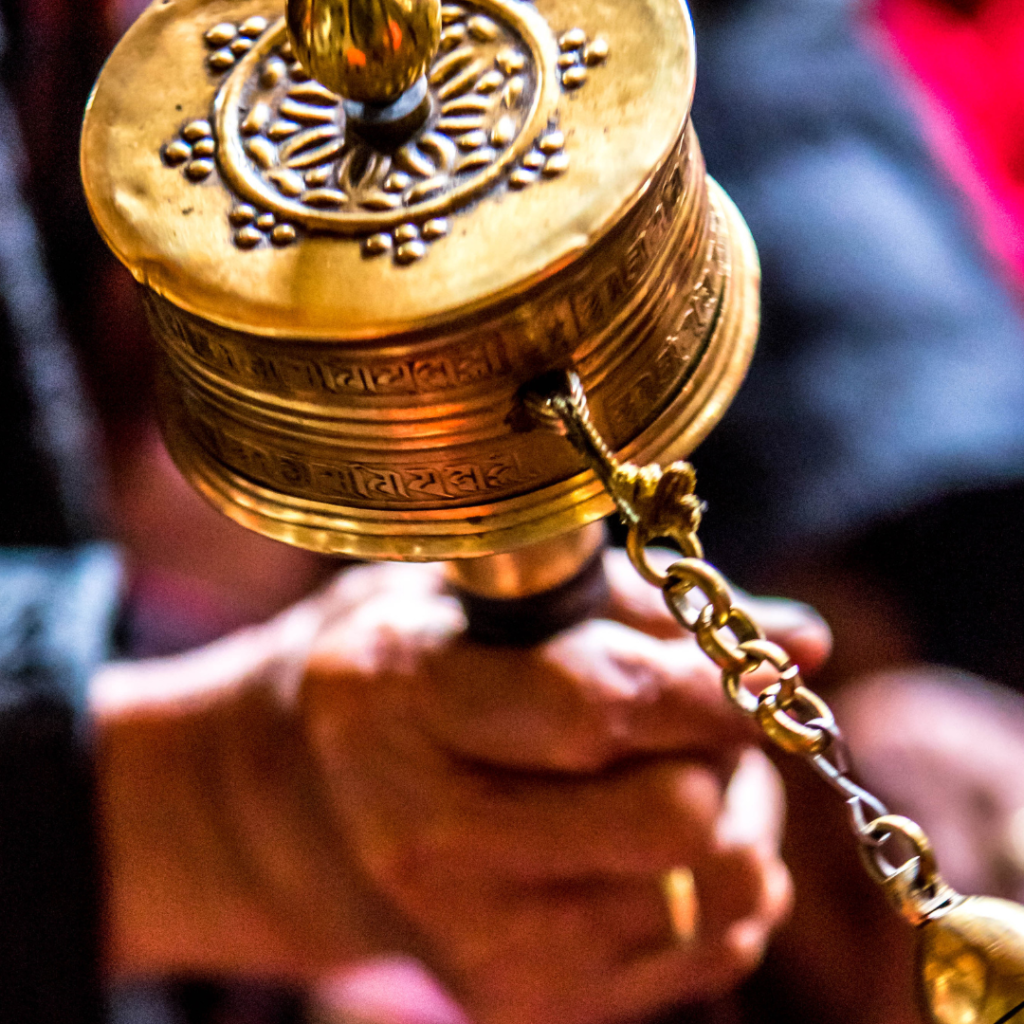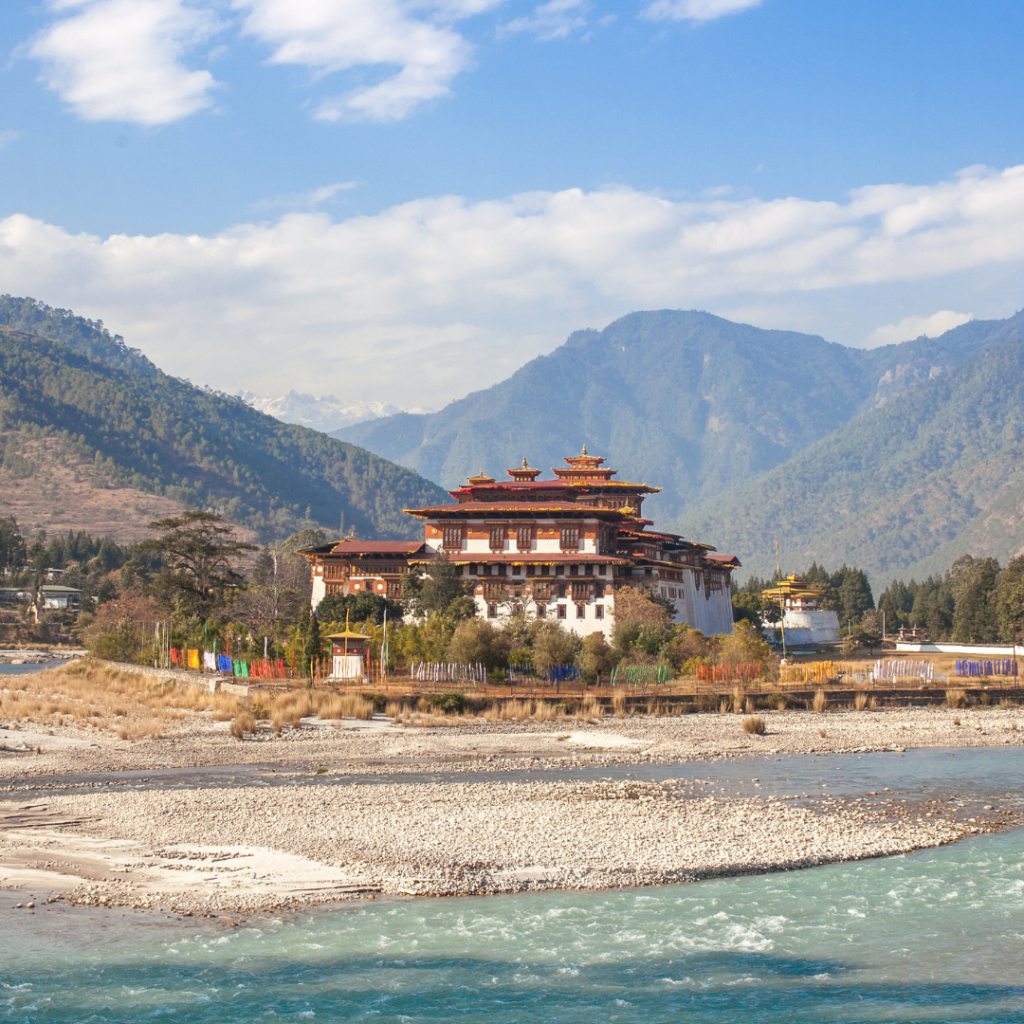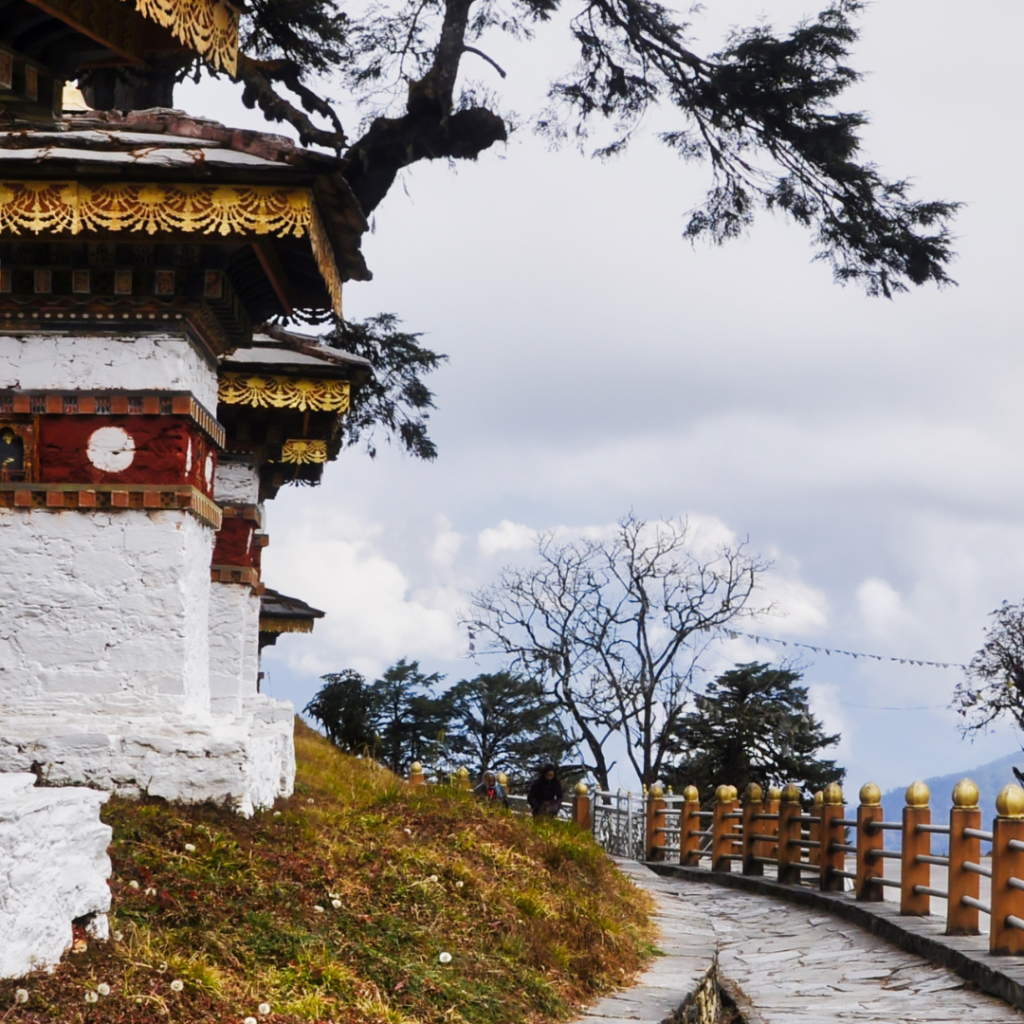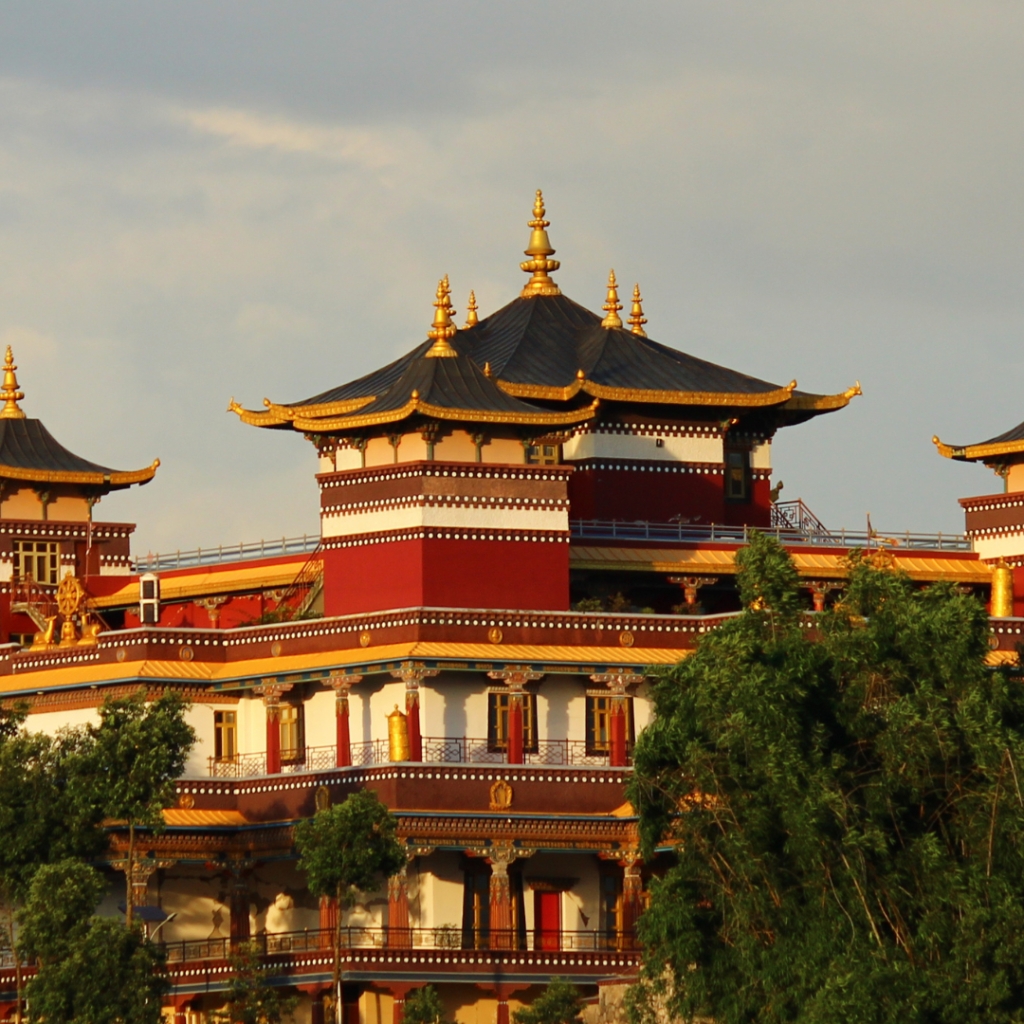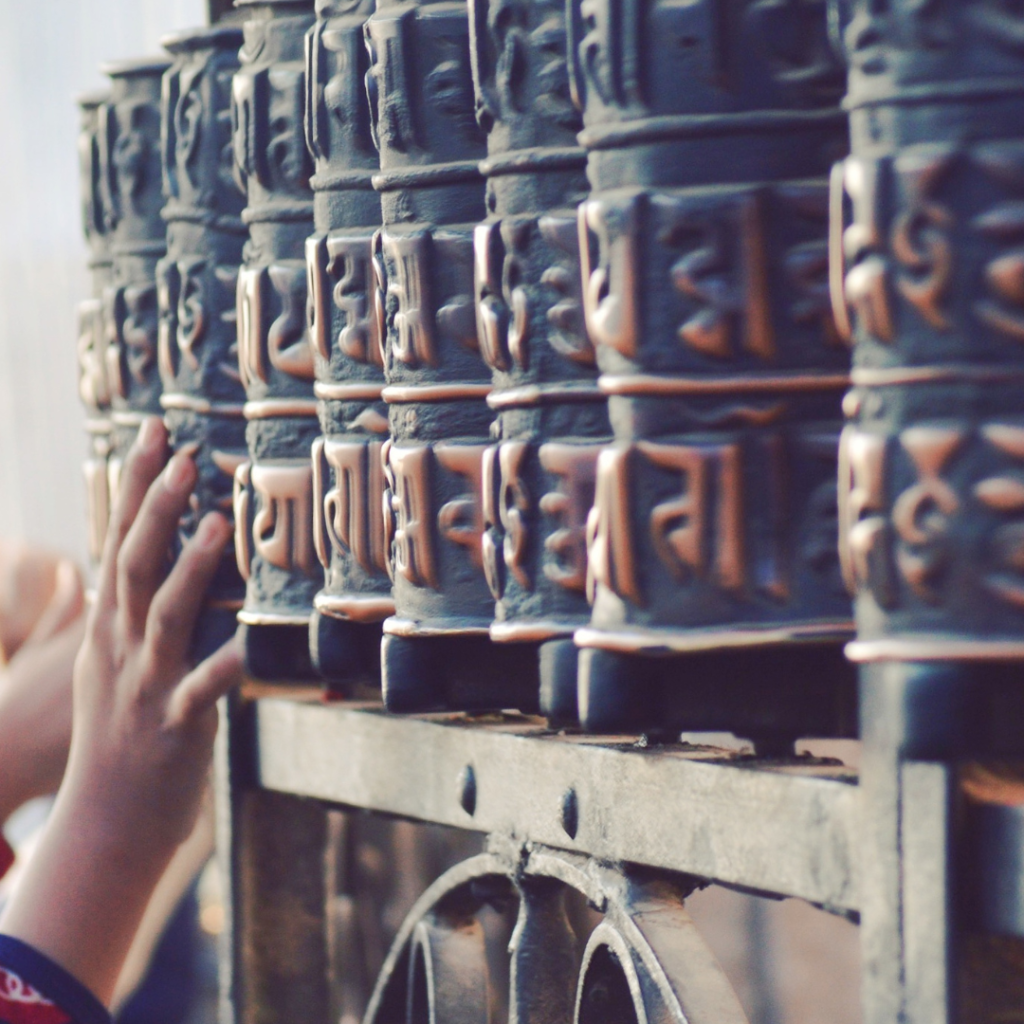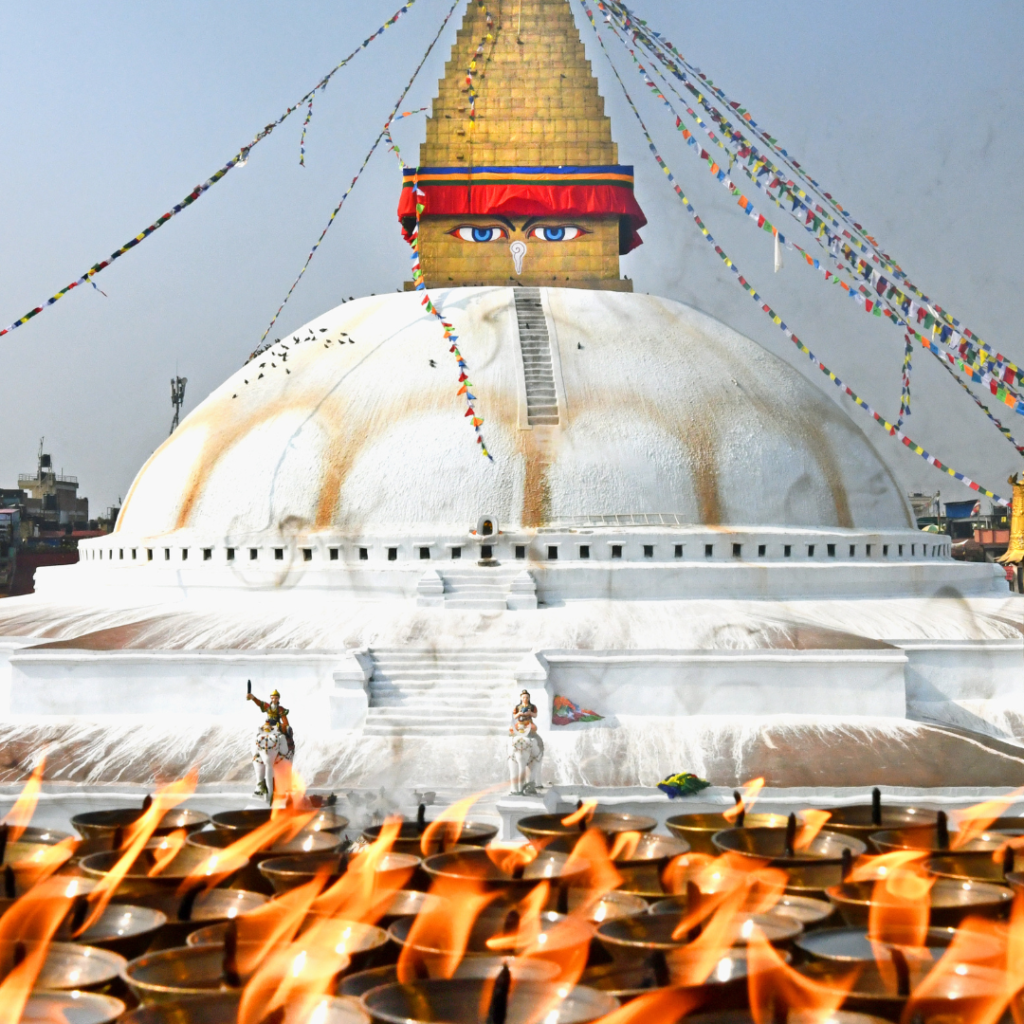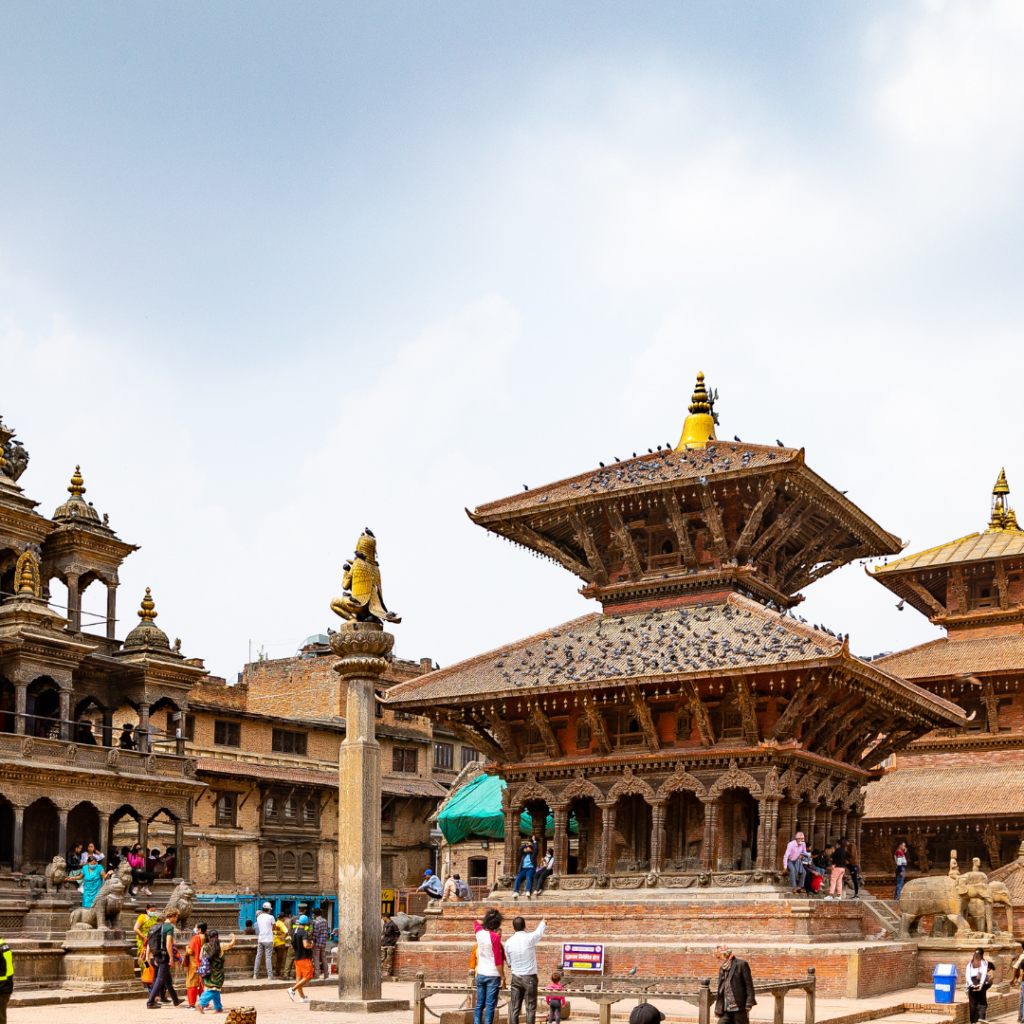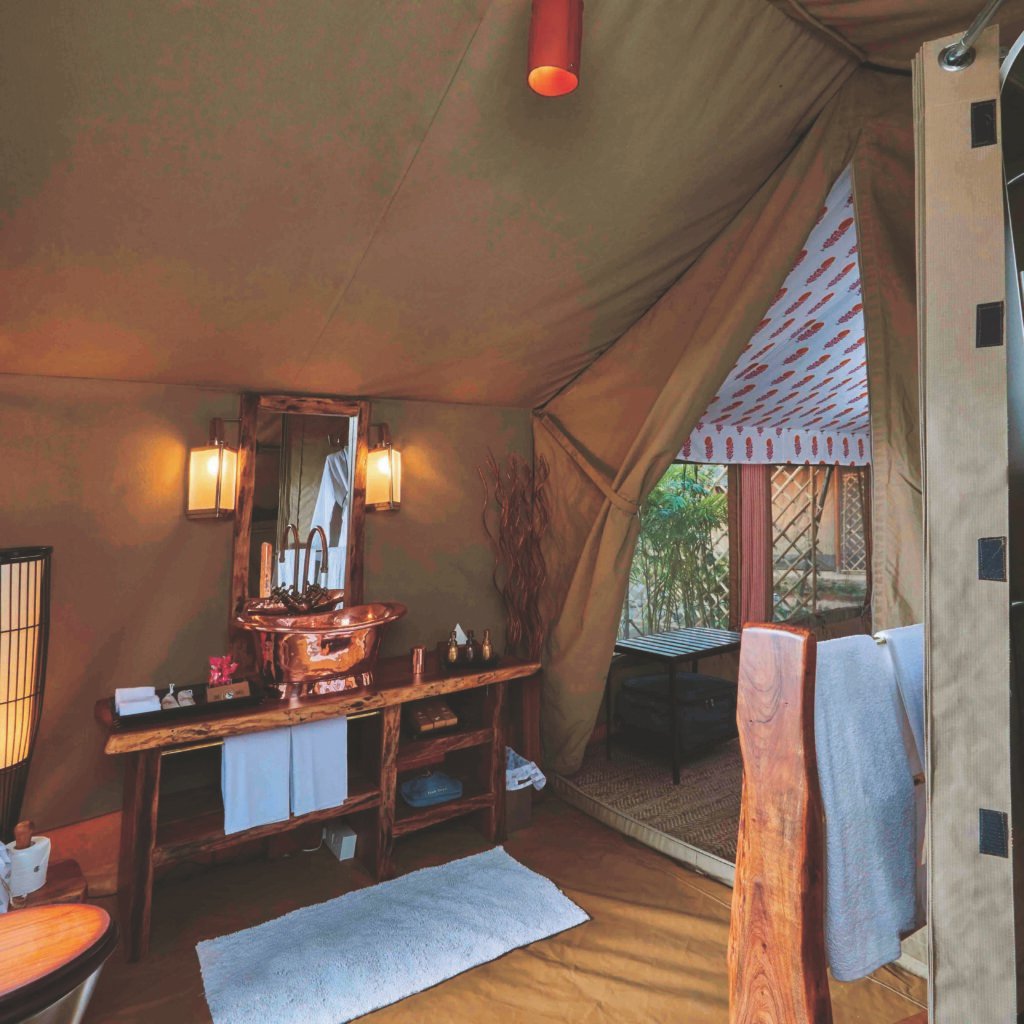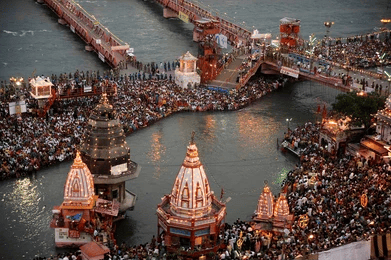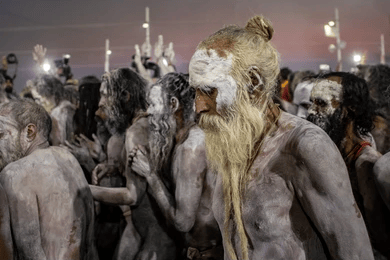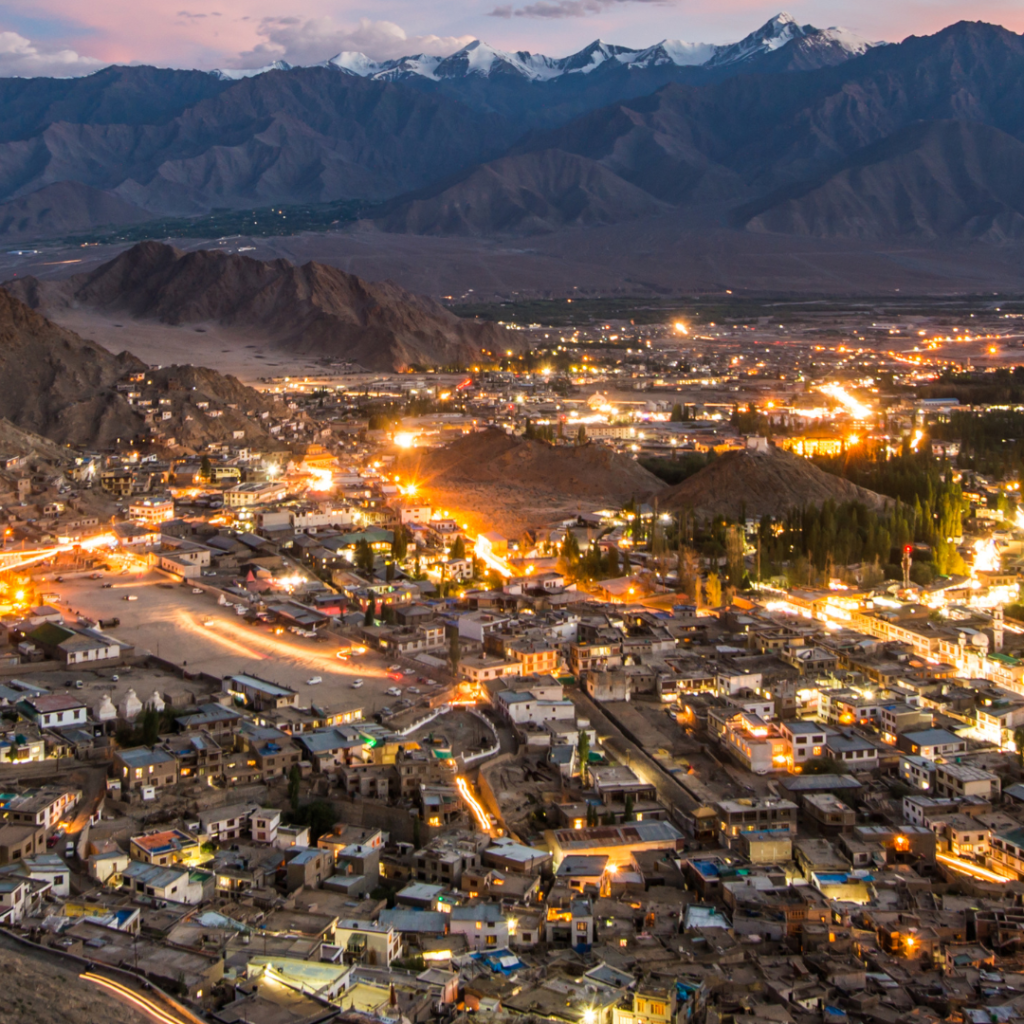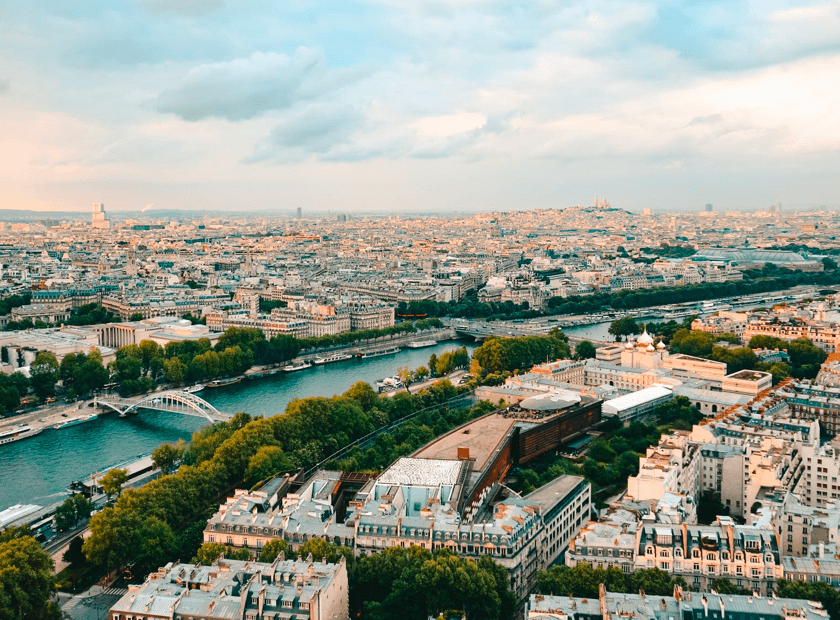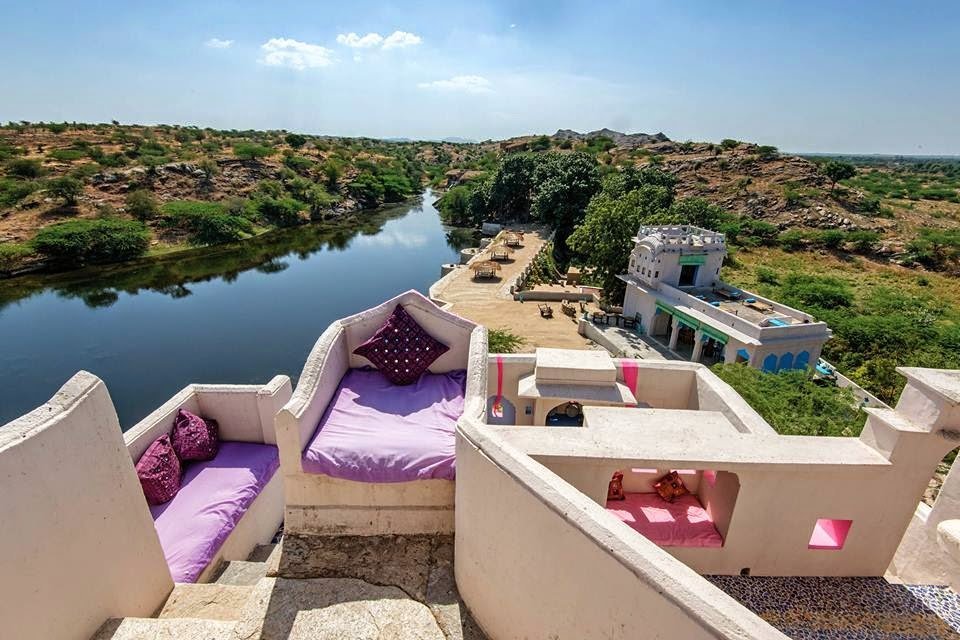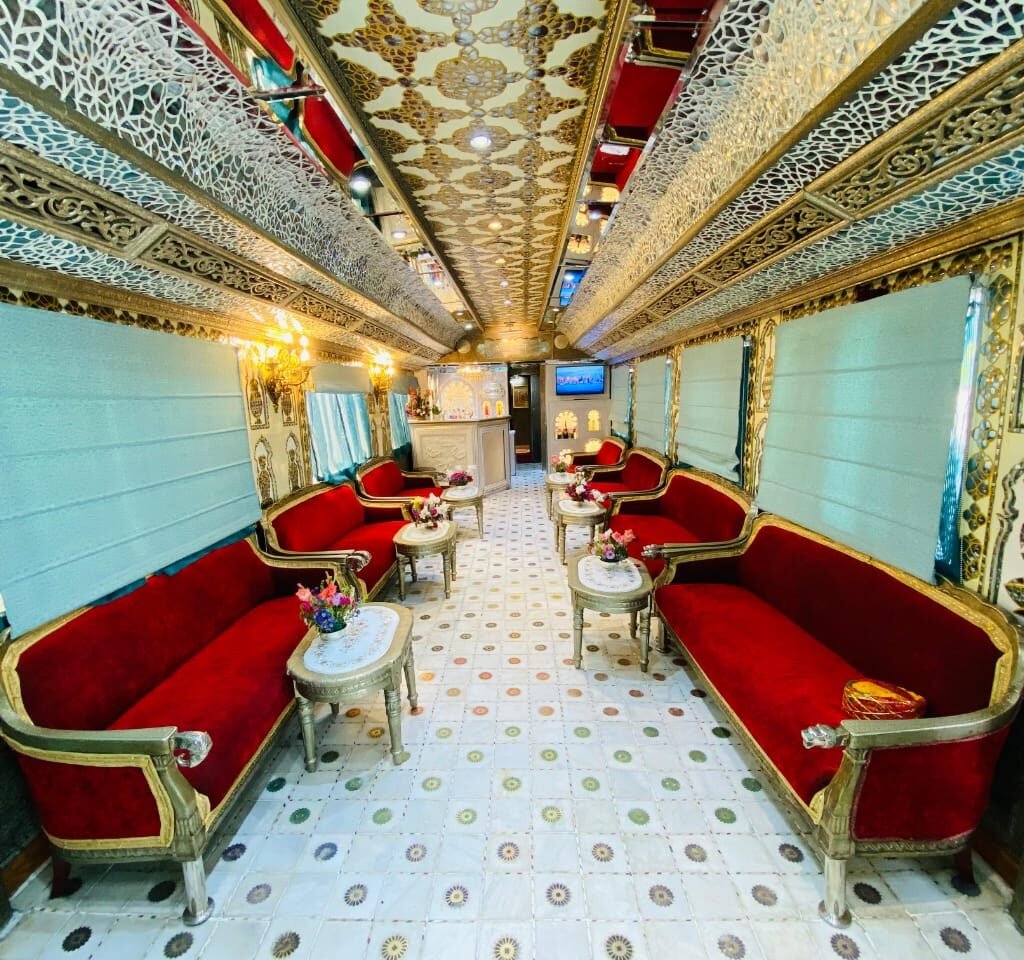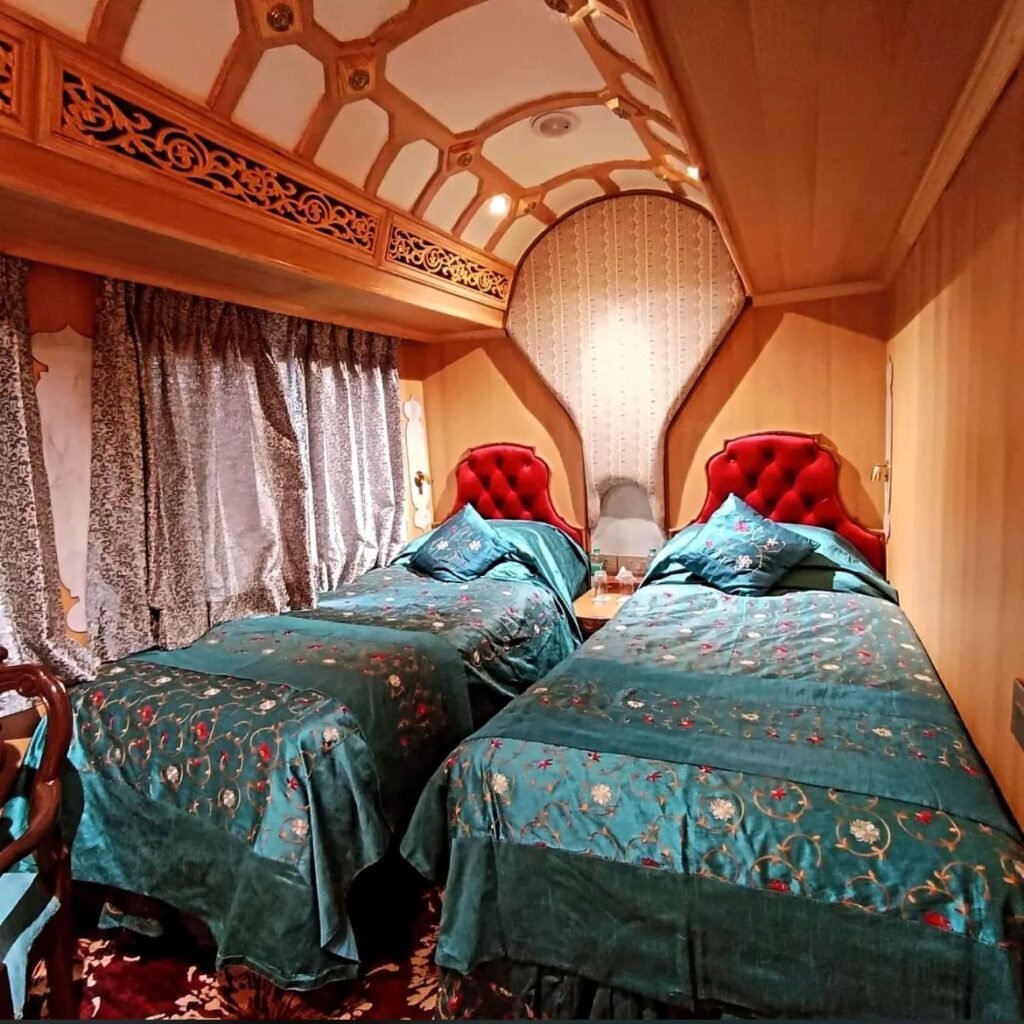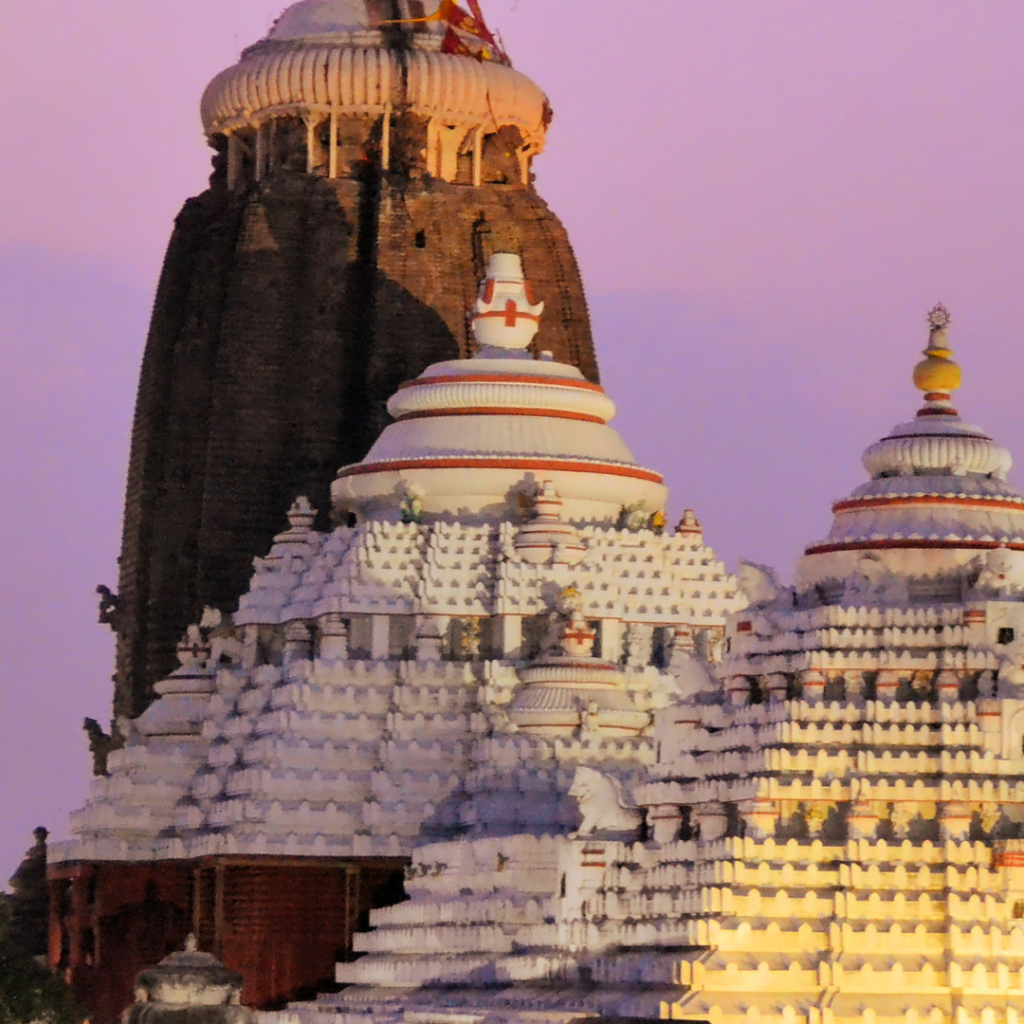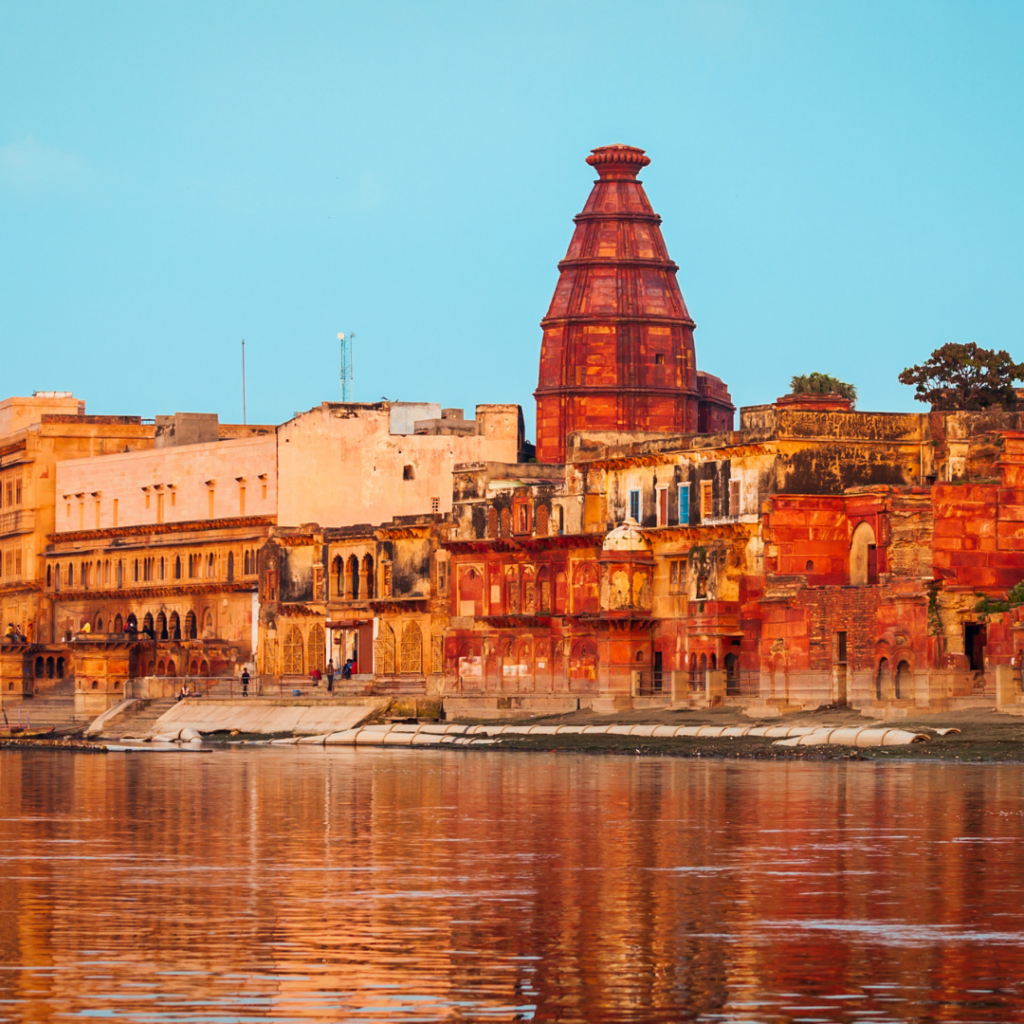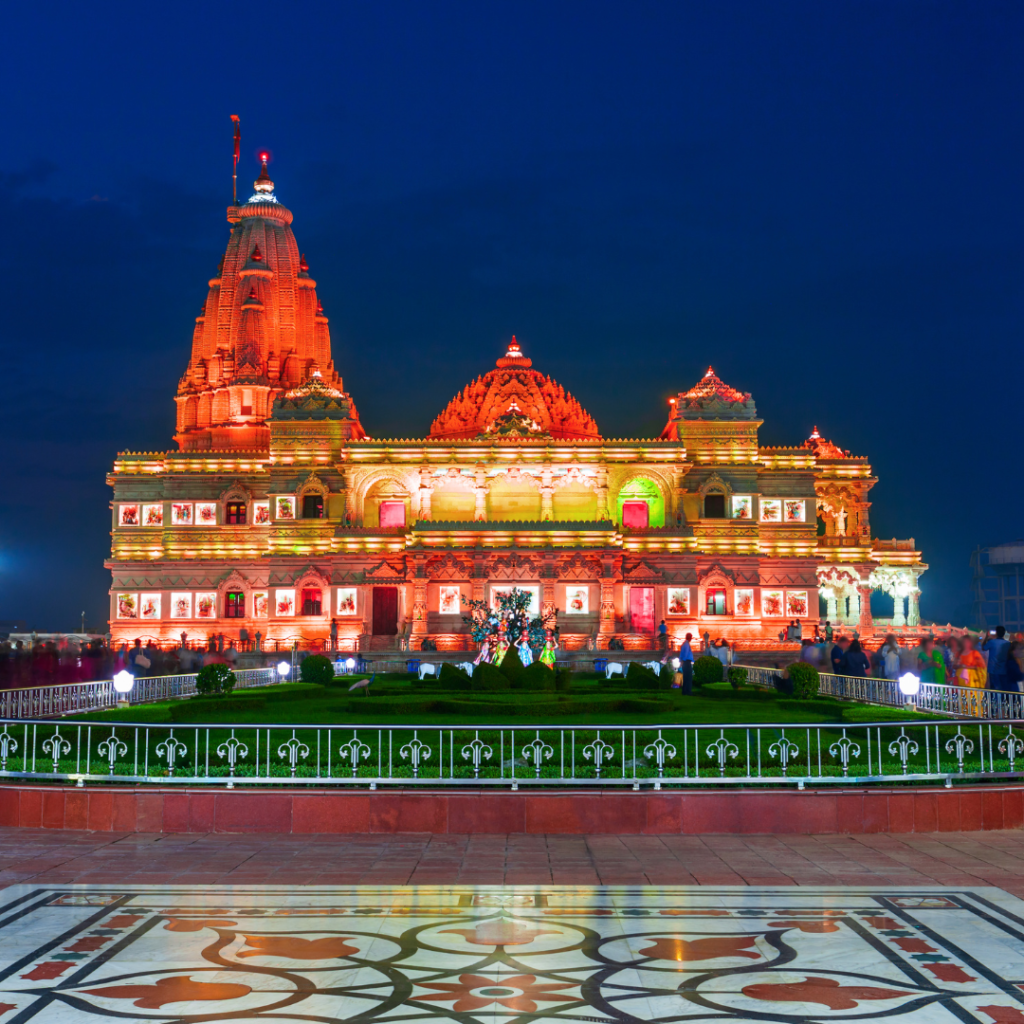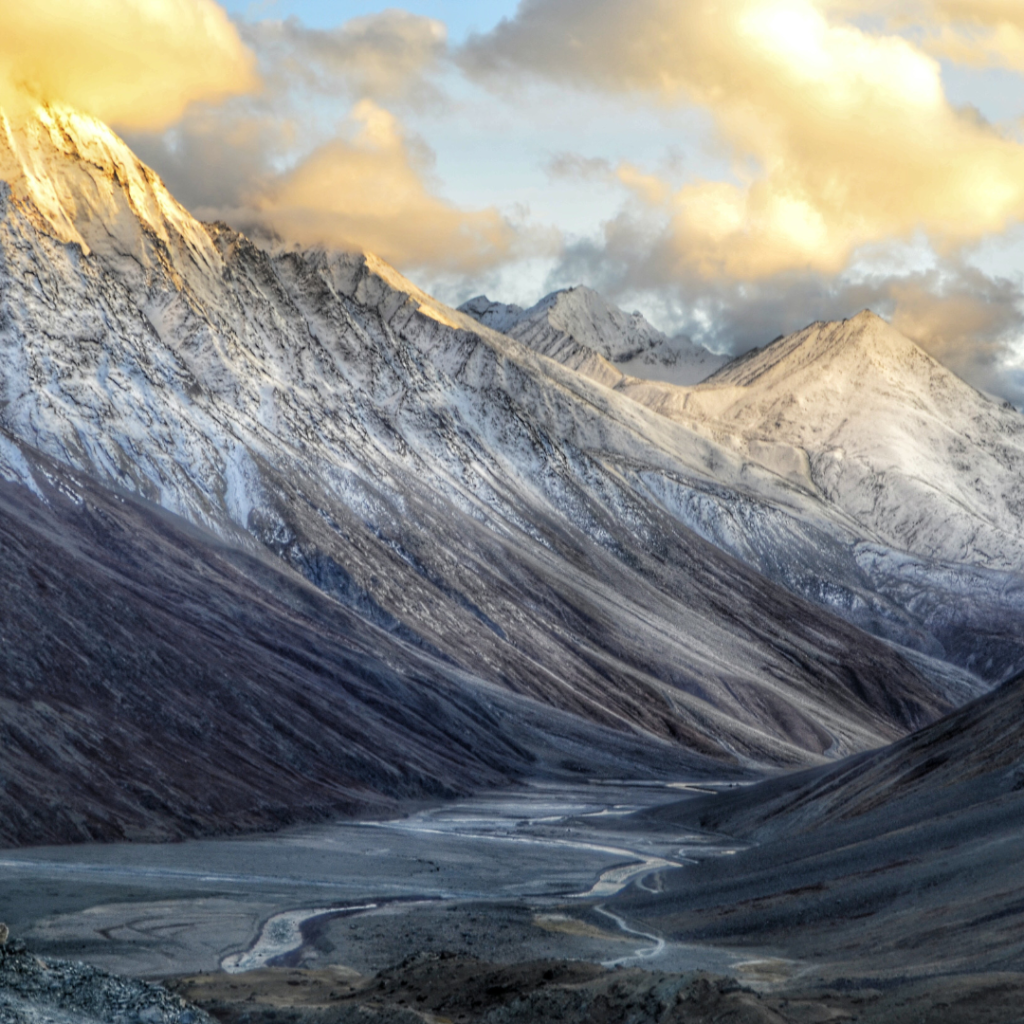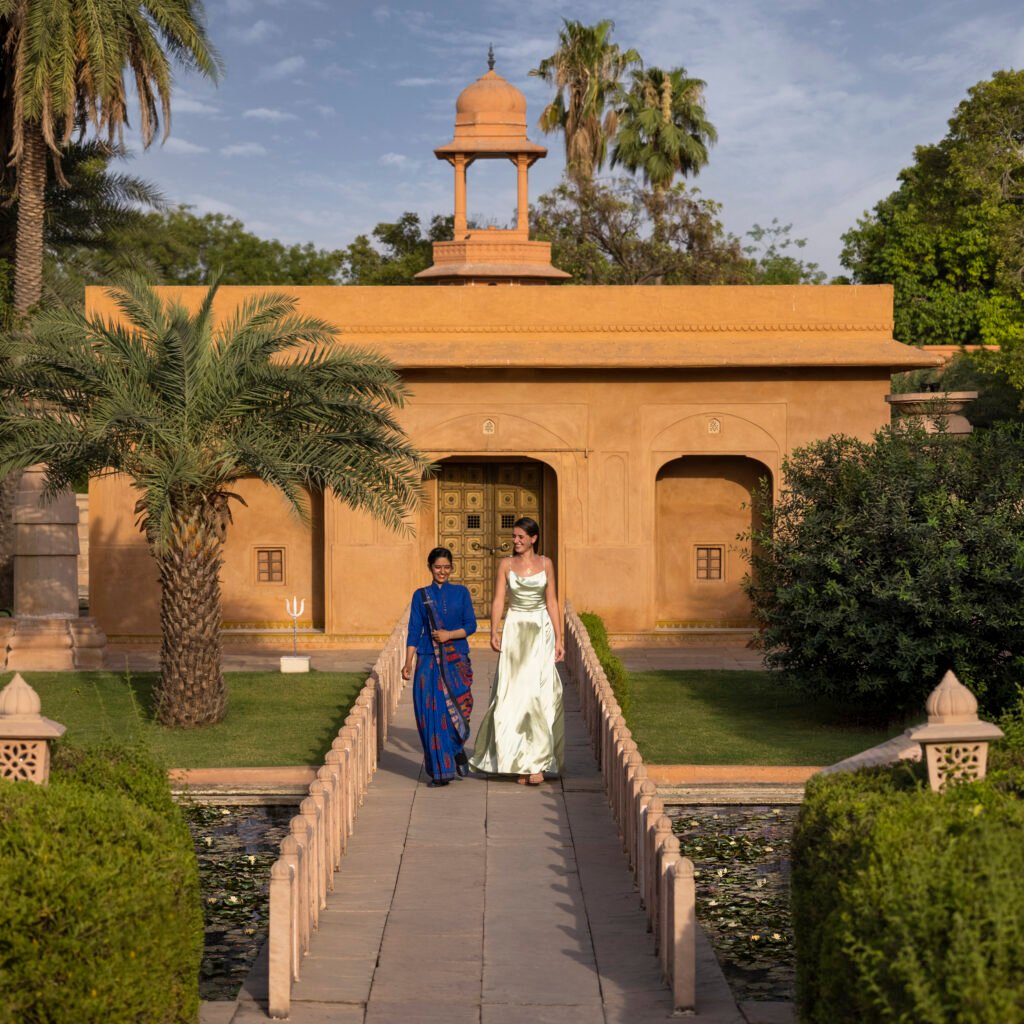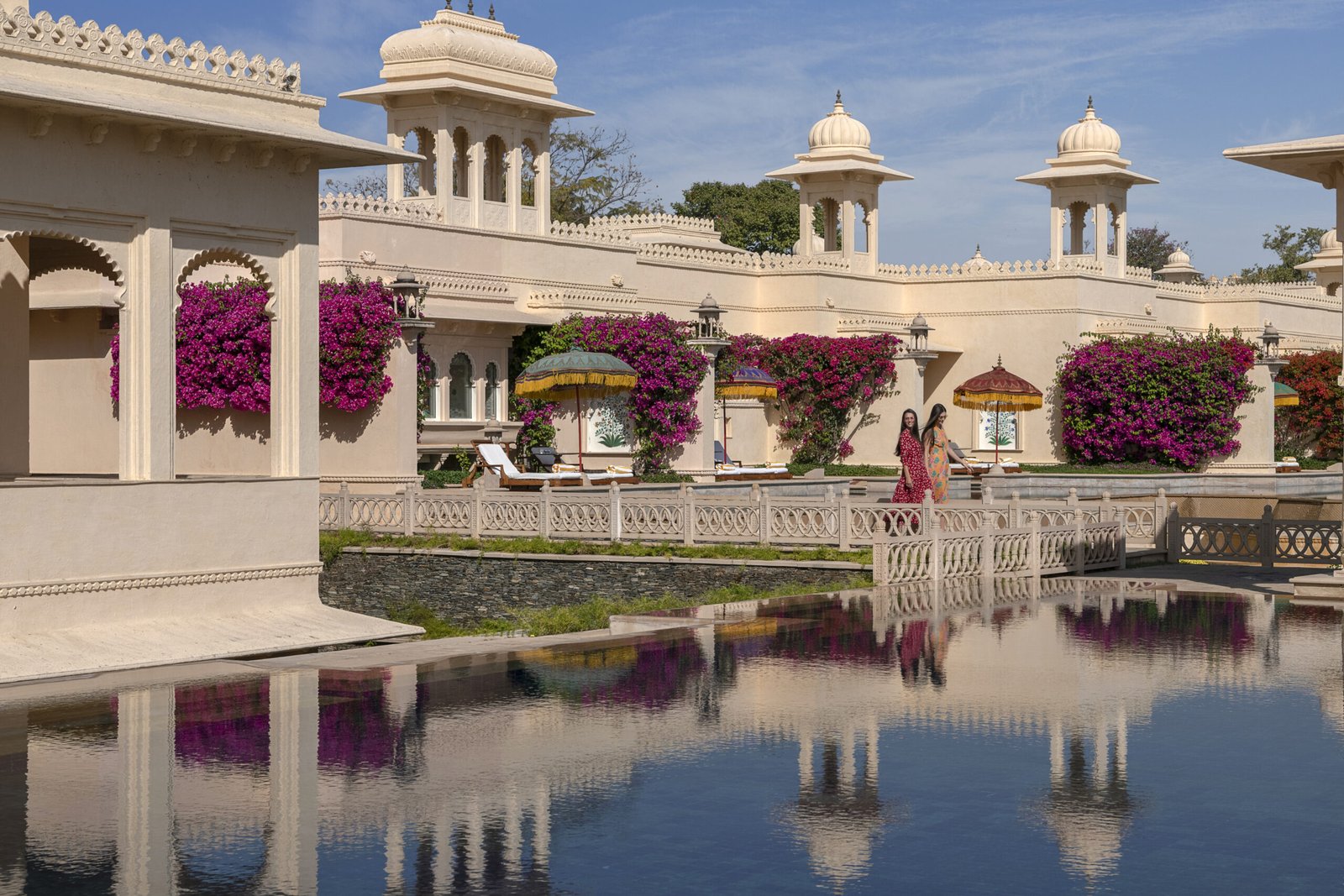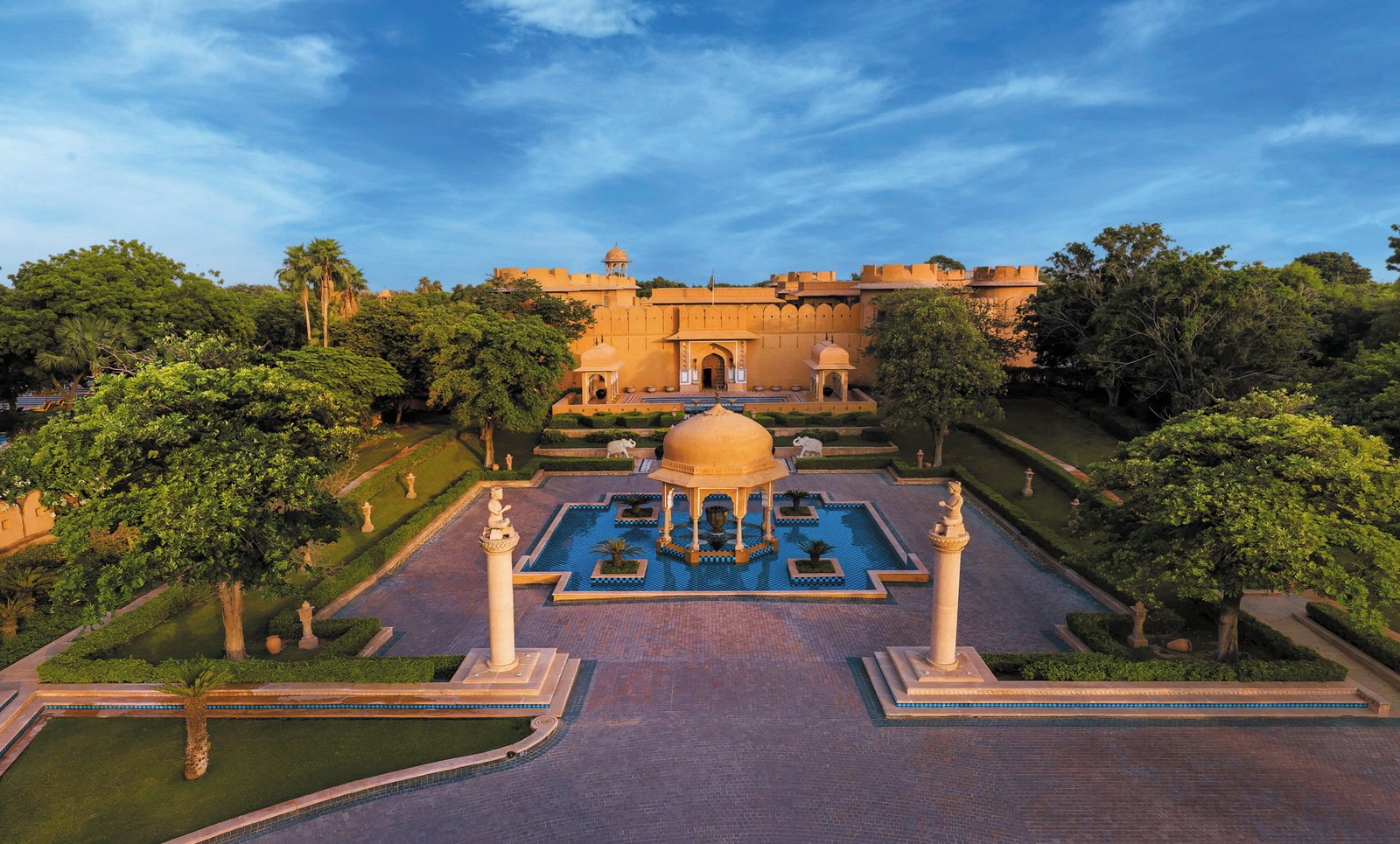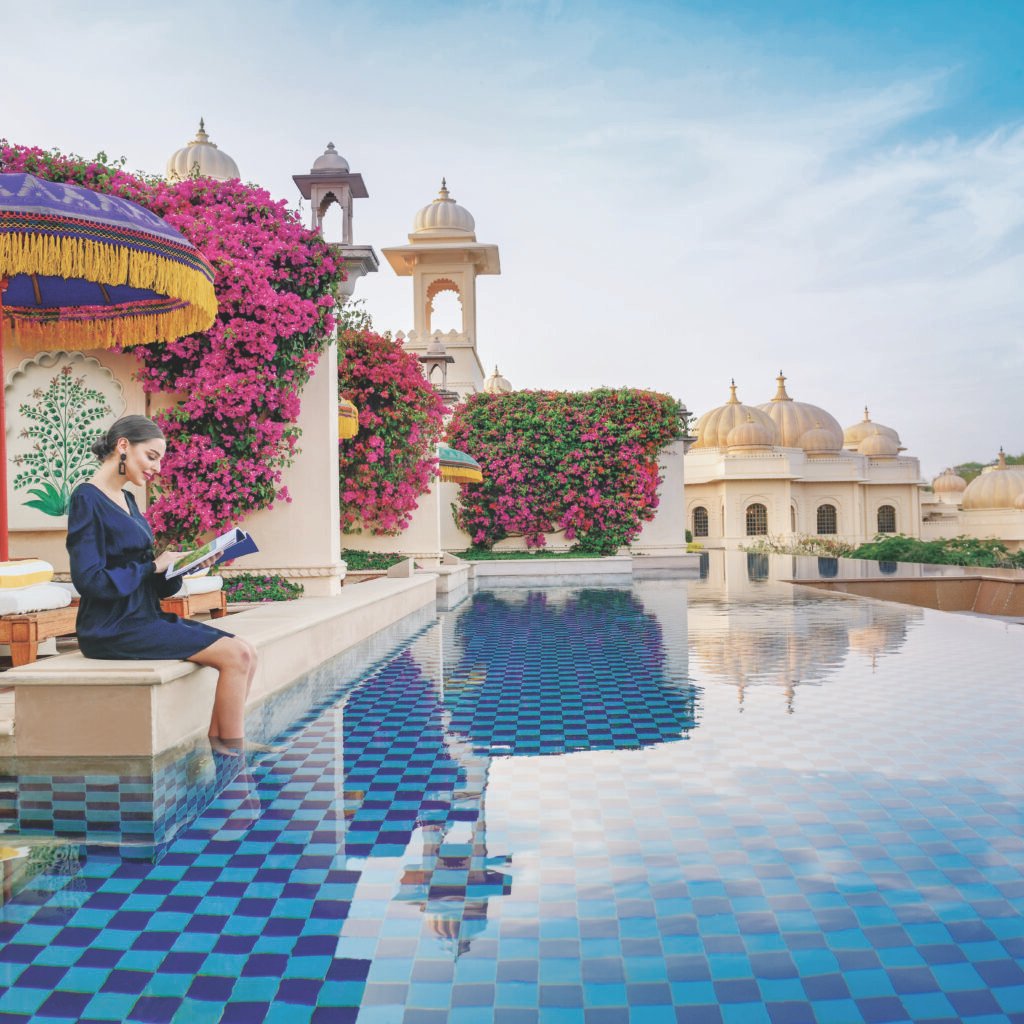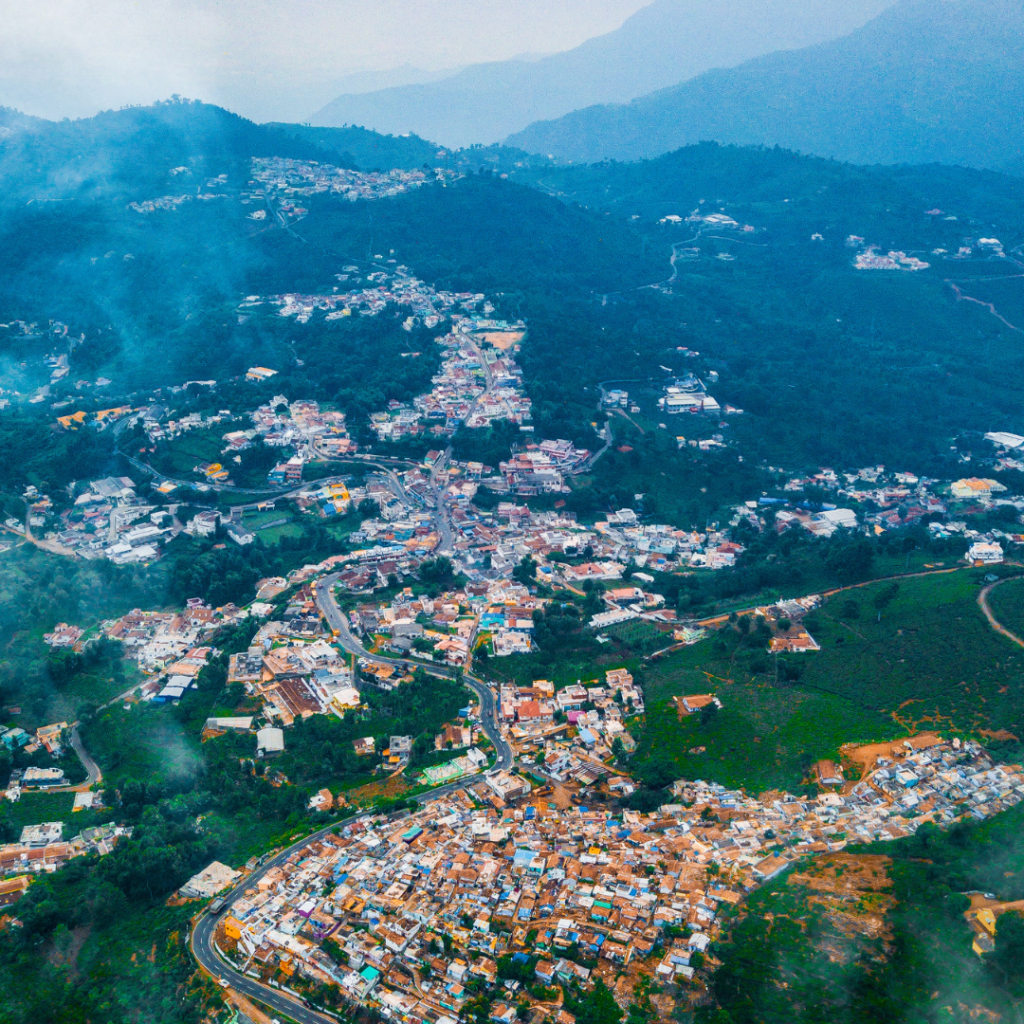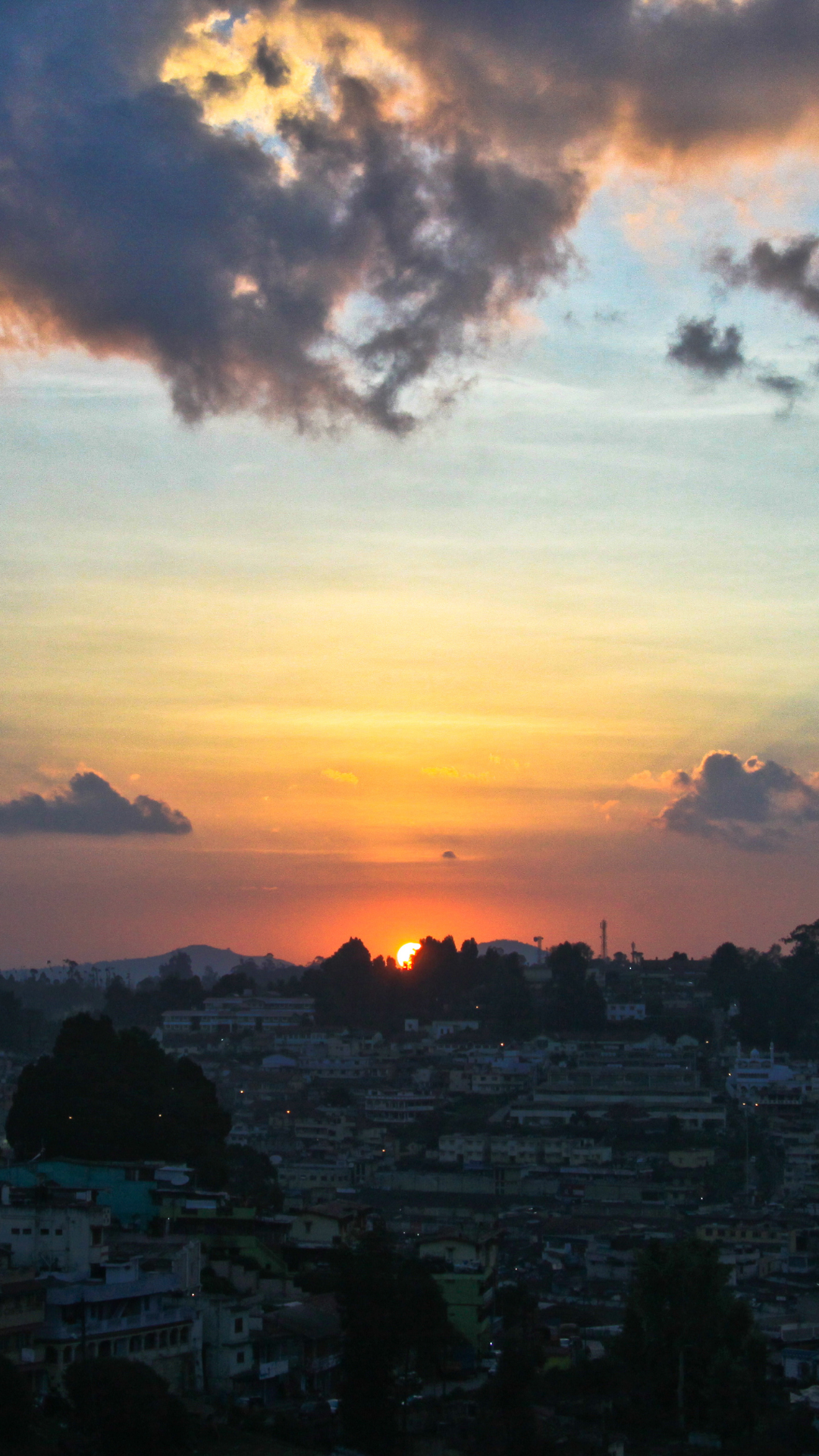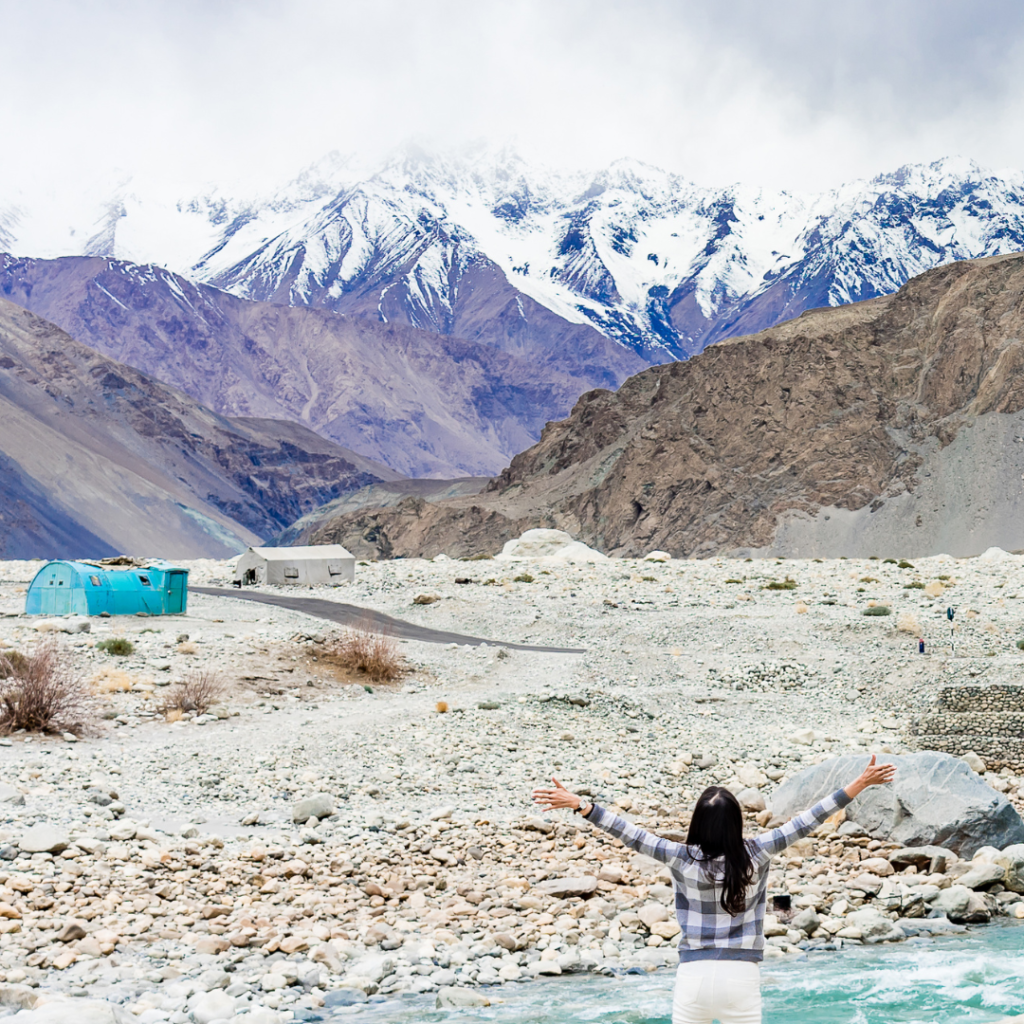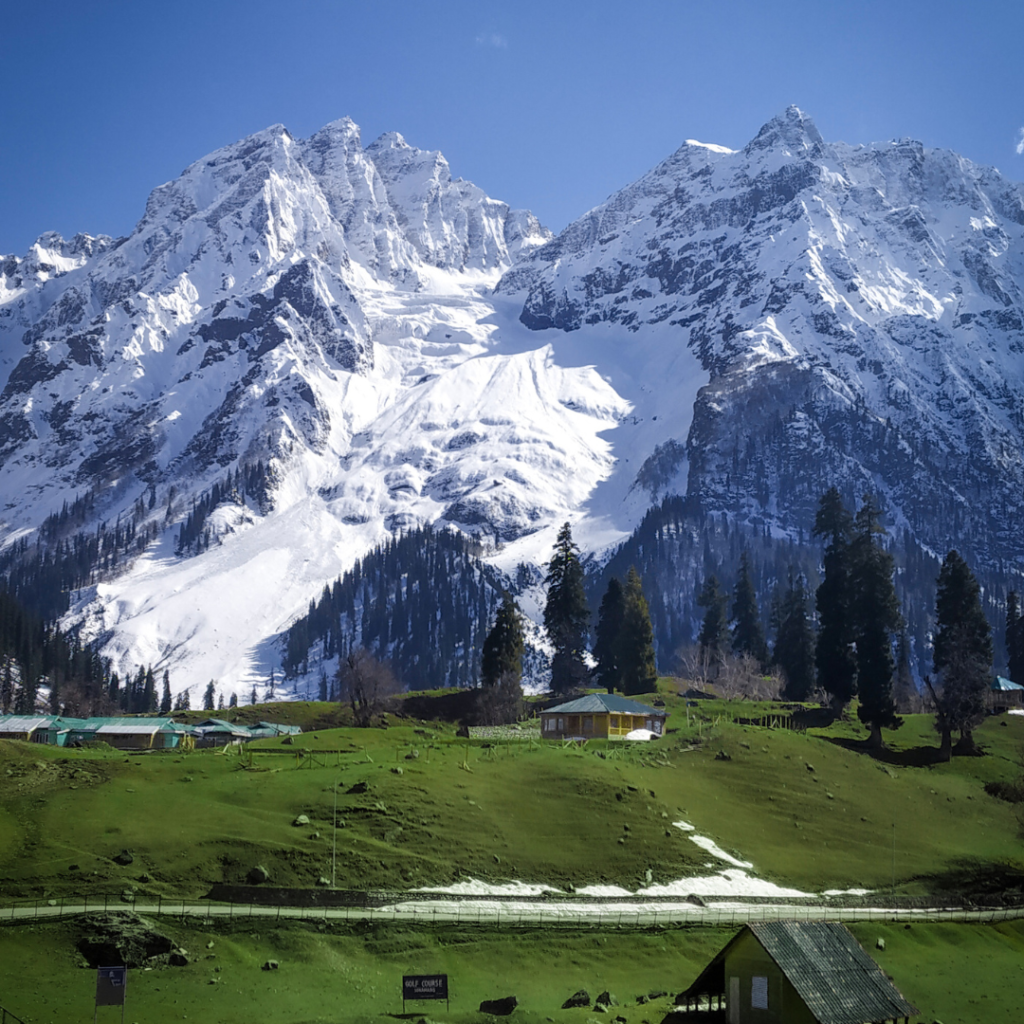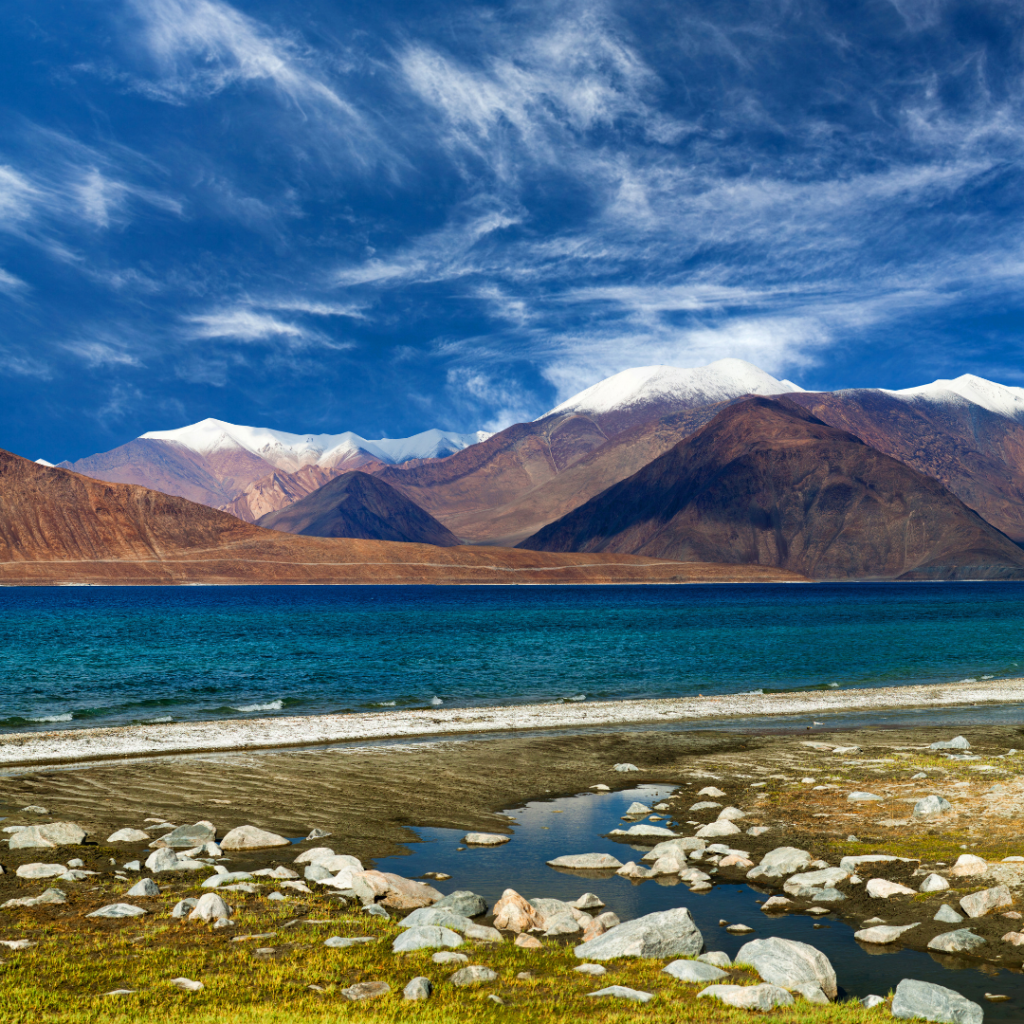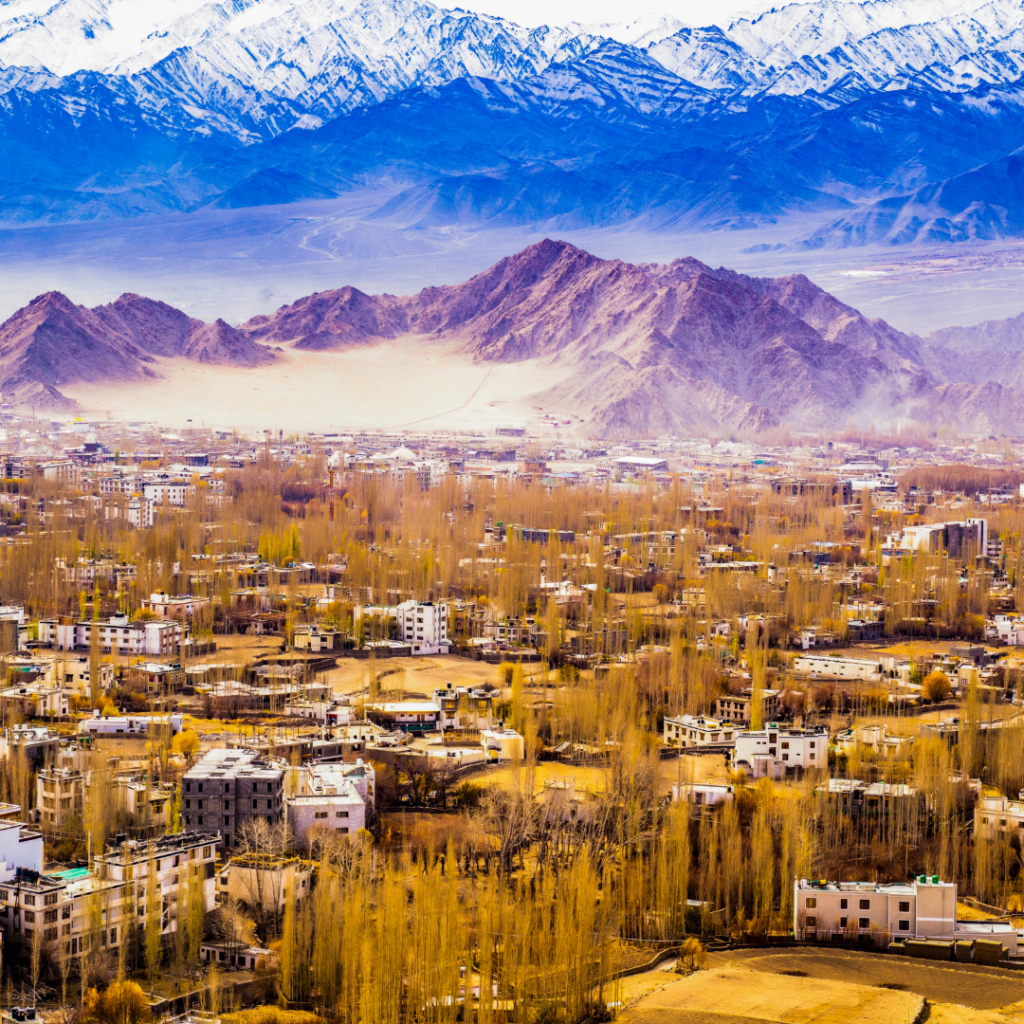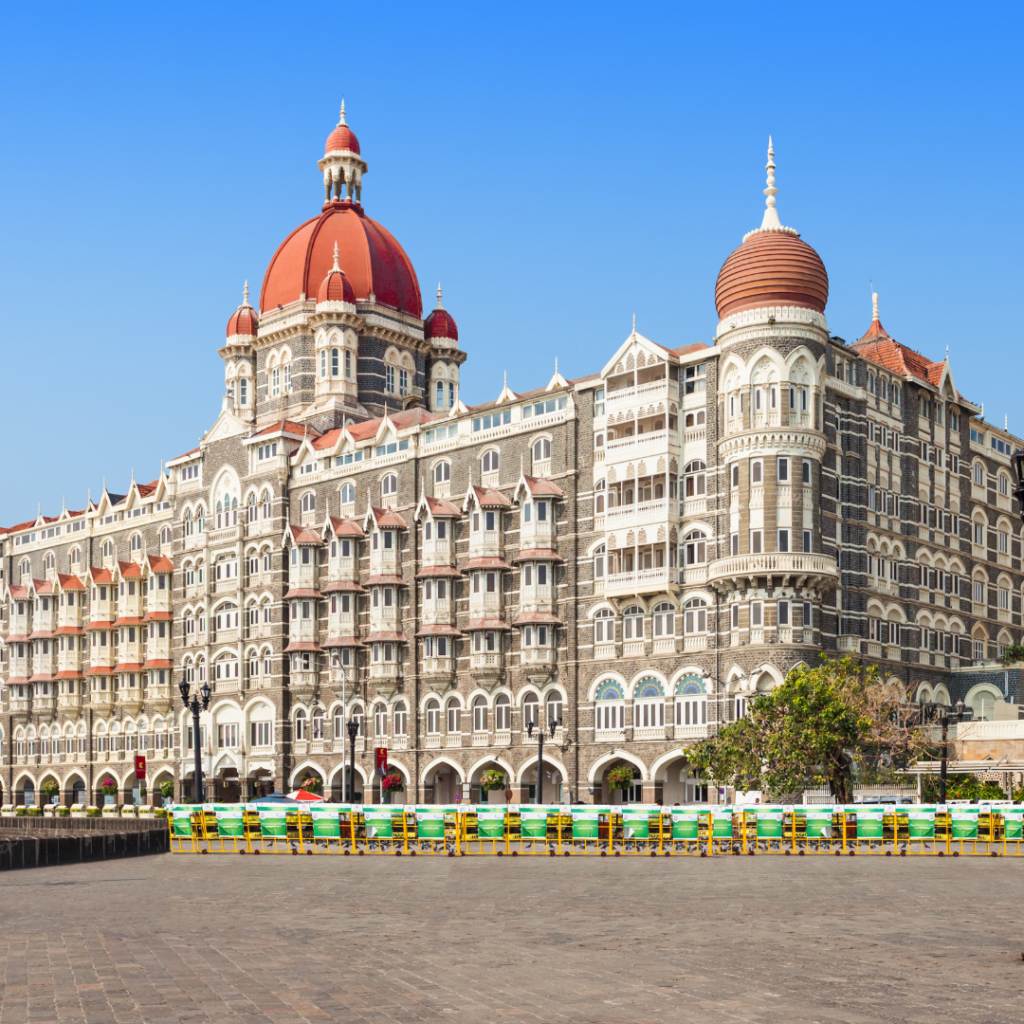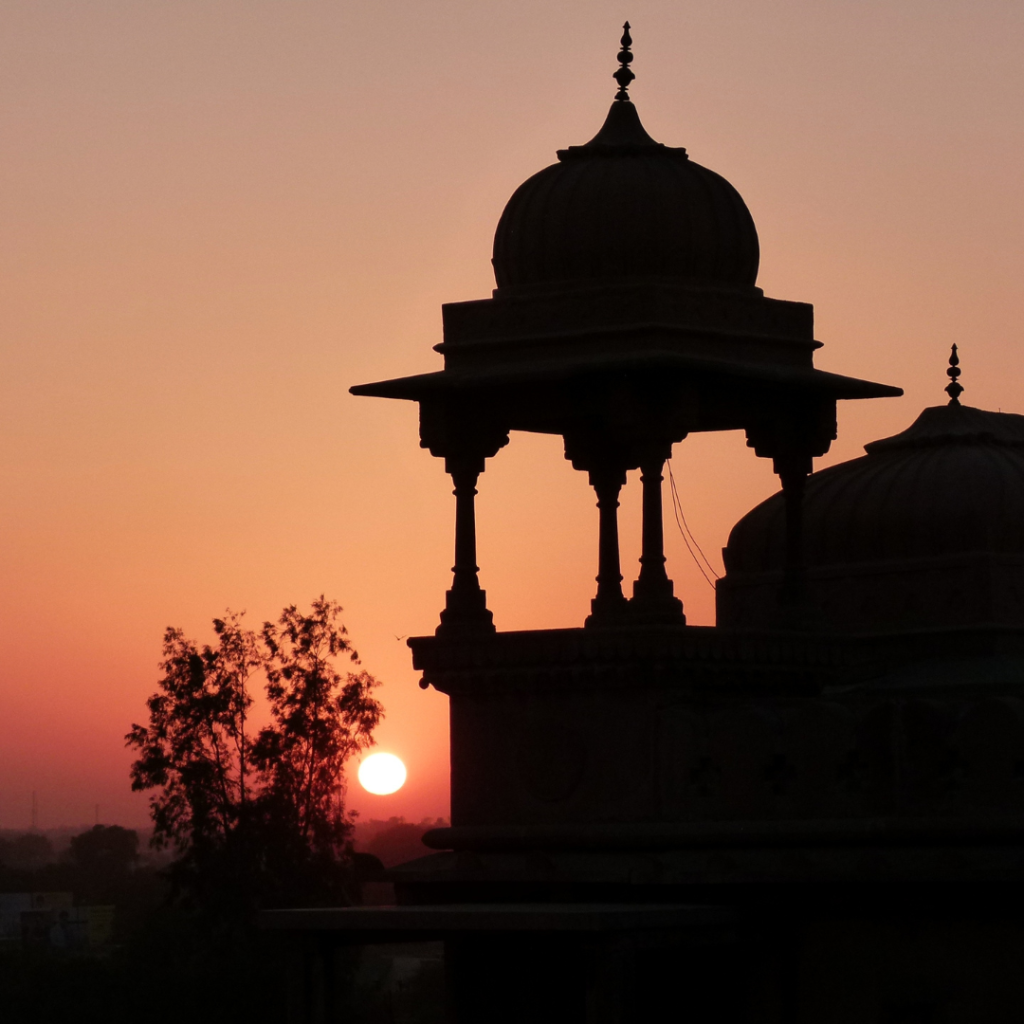A Luxury Escape to Bhutan: Best Resorts & Exclusive Experiences
For travellers seeking a blend of comfort, exclusivity, and breath-taking landscapes, Bhutan offers a unique luxury escape. Known for its high-end boutique hotels, serene monasteries, and personalized experiences, Bhutan is an ideal destination for those who wish to travel in style. This guide covers the best luxury resorts,
exclusive activities, and tailored experiences to make your Bhutan trip unforgettable.
Top Luxury Resorts in Bhutan
1. COMO Uma Paro – A luxurious hillside retreat offering stunning valley views, wellness programs, and cultural excursions. 2. Six Senses Bhutan – A collection of five lodges spread across Paro, Thimphu, Punakha, Gangtey, and Bumthang, providing personalized luxury experiences. 3. Aman Bhutan (Amankora) – A series of elegant lodges seamlessly blending Bhutanese tradition with modern comfort. 4. Bhutan Spirit Sanctuary – A wellness-focused resort that includes unlimited spa treatments and meditation sessions. 5. Zhiwa Ling Heritage – The first Bhutanese-owned luxury hotel offering an authentic cultural stay with top-tier hospitality.
Exclusive Experiences in Bhutan
• Private Hike to Tiger’s Nest Monastery – Enjoy a VIP-guided trek with a personalized picnic and breath-taking views. • Helicopter Tour Over the Himalayas – Witness Bhutan’s stunning landscapes from above with a private helicopter tour. • Traditional Hot Stone Bath – Relax in a therapeutic bath infused with healing herbs, a unique Bhutanese wellness experience. • Private Dinner with Monks – Engage in a spiritual conversation over an exclusive meal at a secluded monastery. • Personalized Cultural Tours – Gain deeper insights into Bhutanese traditions with customized tours and private access to sacred sites.
Luxury Travel Tips for Bhutan
• Best Time for a Luxury Trip: The peak seasons (March-May and September-November) provide the best weather and exclusive events. • Packing Essentials: Elegant yet comfortable clothing for monastery visits, warm layers for high-altitude locations, and travel-friendly formal wear for fine dining experiences. • Exclusive Transportation: opt for private chauffeur services and helicopter transfers for seamless travel between destinations. • Personalized Wellness Programs: Many luxury resorts offer yoga, meditation, and spa treatments tailored to guests' needs.
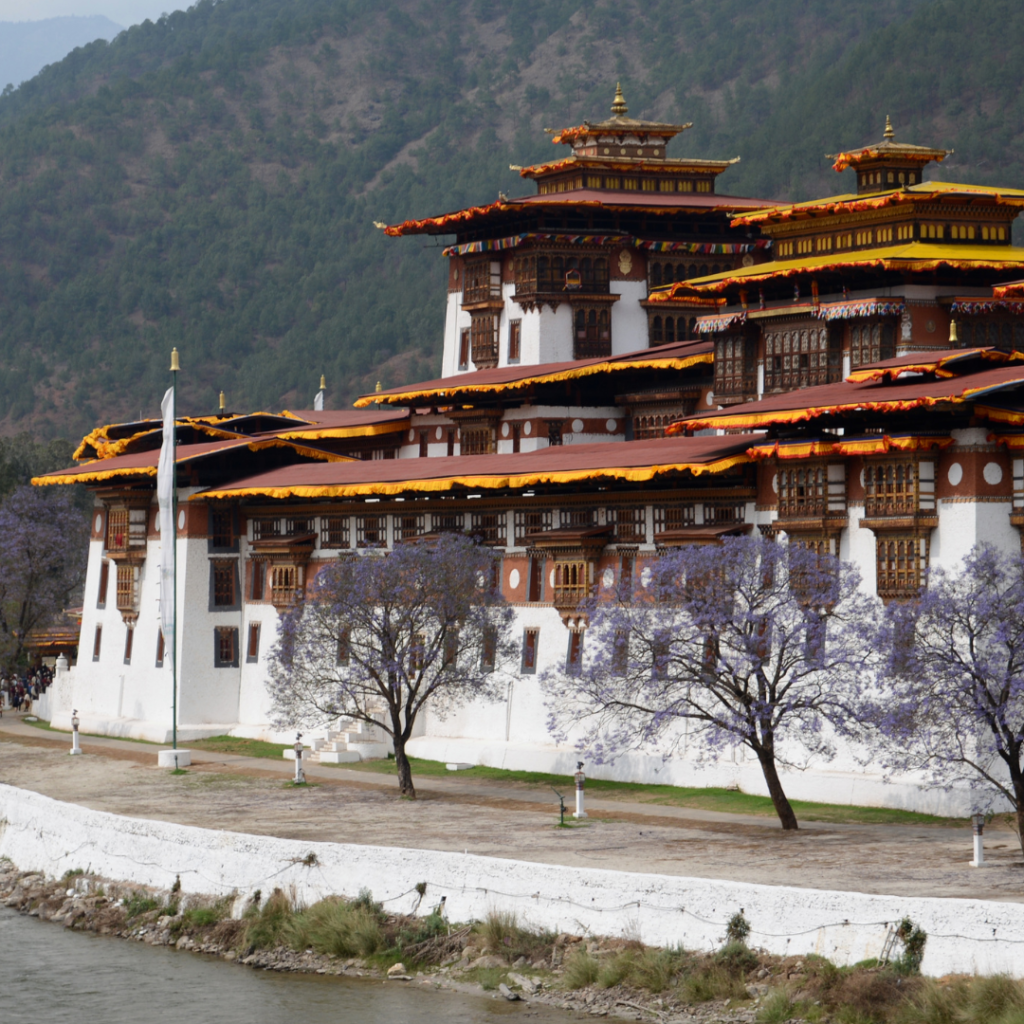

Why Choose Elegant Journeys for Your Luxury Bhutan Trip?
At Elegant Journeys, we specialize in creating bespoke luxury experiences in Bhutan. From five-star accommodations to curated private tours, we ensure a seamless and indulgent travel experience tailored to your preferences.
Bhutan is the perfect destination for a luxury escape, offering a unique mix of opulence, culture, and tranquillity. Whether it’s an exclusive retreat, an adventure in the Himalayas, or a rejuvenating wellness journey, Bhutan provides an unparalleled experience. Book your luxury Bhutan trip with Elegant Journeys and immerse yourself in unparalleled elegance! USA (+1) 813 358 4455, AUSTRALIA (+61) 02 80113300, INDIA: +91 99100 78975 or Email us at sales@elegantjourneys.com

Elegant Journeys: Your Gateway to India's Grandeur
This is just a glimpse into the world of elegant journeys that awaits you in India. With us, every detail is meticulously crafted to ensure an experience that is both luxurious and enriching. Are you ready to embark on your own elegant Indian adventure? Contact us today and let us weave a tapestry of unforgettable memories for you.




